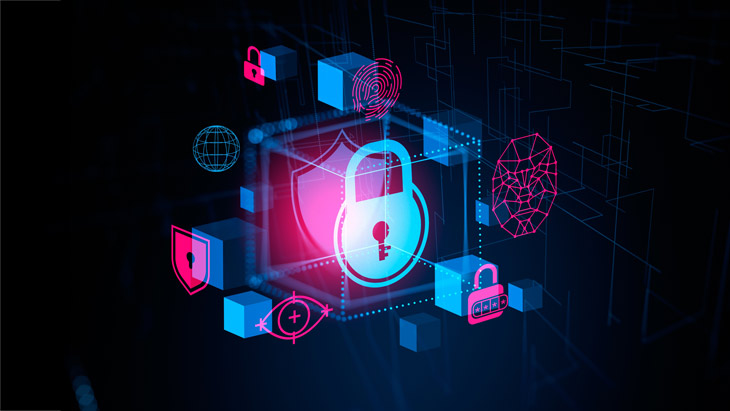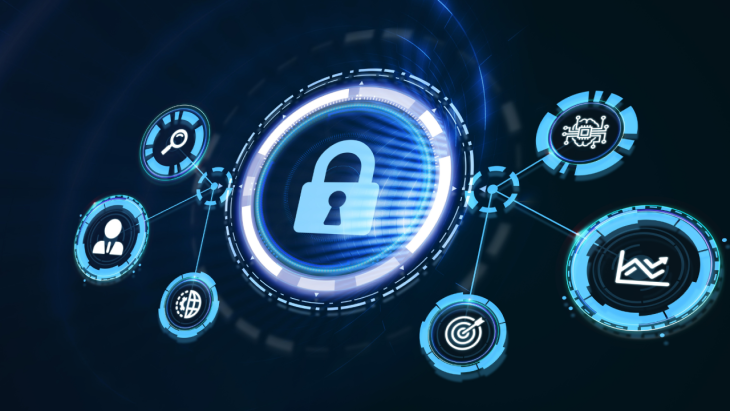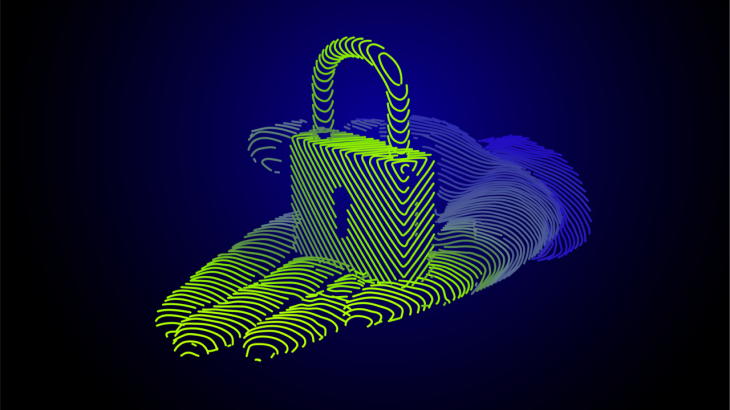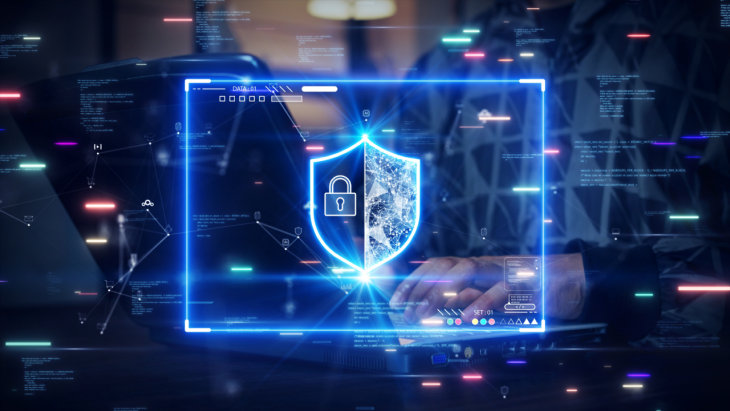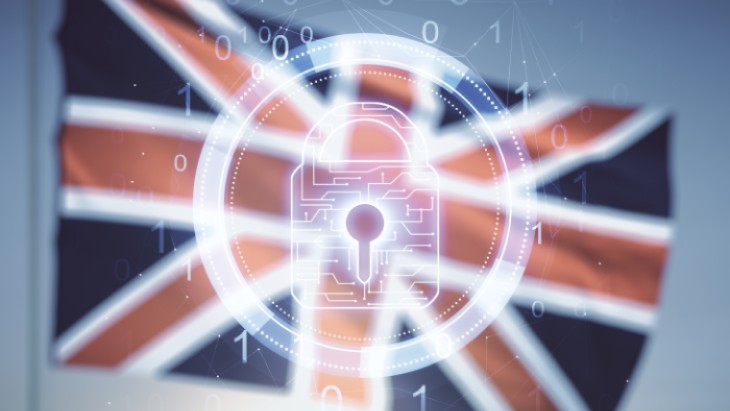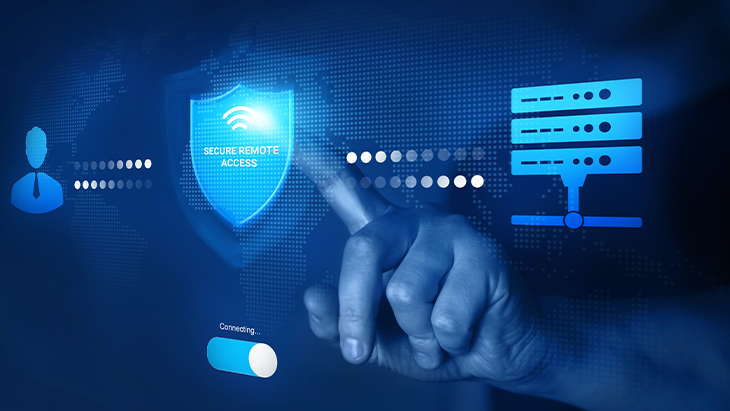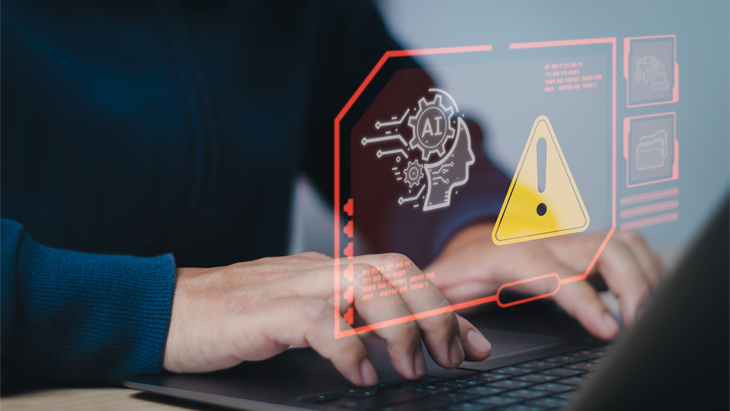
How to Prepare for a Cybersecurity Audit: Tips and Best Practices
In today's digital age, cybersecurity is a top concern for businesses of all sizes and cyberattacks and data breaches are becoming more regular as more companies keep sensitive data online. In order to ensure that they are adequately protecting themselves and their clients' information, many businesses undergo cybersecurity audits. These audits can be a stressful and time-consuming process, but with proper preparation, you can make sure that your business is ready to meet the auditors' requirements.
In this article, we'll take a look at some of the steps that businesses can take to prepare for a cybersecurity audit. From evaluating your current security measures to creating policies and procedures, we'll cover everything you need to know to pass your next audit with flying colors.
1- Conduct a Risk Assessment
Before you can start preparing for a cybersecurity audit, it's important to understand your business's current level of risk. Conducting a risk assessment will help you identify any vulnerabilities or weaknesses in your security infrastructure, which can help you focus your efforts as you prepare for the audit.
During a risk assessment, you should evaluate your business's security measures in several areas, including:
- Access controls: How do you control who has access to sensitive data and systems?
- Data protection: How do you encrypt and protect sensitive data?
- Network security: How do you monitor and secure your network infrastructure?
- Incident response: What procedures do you have in place to respond to security incidents?
By conducting a thorough risk assessment, you'll be better equipped to identify areas where you need to improve your security measures and prepare for the audit accordingly.
2- Develop Policies and Procedures
In order to pass a cybersecurity audit, your business needs to have well-documented policies and procedures in place. These policies should cover a range of topics, including:
- Access controls: Who has access to sensitive data and systems, and how is access granted and revoked?
- Data protection: How is sensitive data encrypted and protected, both in transit and at rest?
- Incident response: What steps should be taken in the event of a security incident, and who is responsible for each step?
- Employee training: How are employees trained on cybersecurity best practices, and what is expected of them?
By developing comprehensive policies and procedures, you'll be able to demonstrate to auditors that your business takes cybersecurity seriously and is taking active steps to protect sensitive information.
3- Implement Security Controls
In addition to having policies and procedures in place, your business should also be implementing security controls to protect against cyberattacks. Security controls are technical measures that help prevent unauthorized access, detect security incidents, and respond to them appropriately.
Some common security controls include:
- Firewalls: These devices help monitor and control incoming and outgoing network traffic.
- Antivirus software: This software helps detect and remove malware and other malicious software.
- Identity and access management (IAM) solutions: These solutions are important for ensuring the security and compliance of an organization's systems and data, as well as for improving operational efficiency and reducing the risk of data breaches or other security incidents. By managing access to sensitive resources, IAM can help organizations prevent unauthorized access, protect their assets, and maintain trust with customers and partners.
- Data encryption or masking: These technologies help to protect sensitive data by making it unreadable without the appropriate encryption keys or a privileged user that is authorized to unmask the data.
By implementing these and other security controls, you'll be able to demonstrate to auditors that your business has taken active steps to protect sensitive information and prevent cyberattacks.
4- Conduct Regular Testing
Finally, it's important to conduct regular testing of your security infrastructure to identify any weaknesses or vulnerabilities. This includes frequent vulnerability scanning, penetration testing, and other sorts of security evaluations.
By conducting regular testing, you'll be able to identify any areas where your security infrastructure may be lacking and take steps to address these weaknesses before the audit. This can help prevent any surprises during the audit and demonstrate to auditors that your business is actively monitoring and improving its cybersecurity posture.
Last But Not Least…
Preparing for a cybersecurity audit can be a daunting task, but by following these steps, you'll be well on your way to success. Remember to conduct a thorough risk assessment, develop comprehensive policies and procedures, implement security controls, and conduct regular testing to identify any weaknesses or vulnerabilities.
In addition to these steps, there are a few other best practices that can help you prepare for a cybersecurity audit:
- Engage with the auditors: Before the audit, it can be helpful to communicate with the auditors and ask them about their expectations and requirements. This can help you focus your preparation efforts and ensure that you're addressing all of the auditors' concerns.
- Keep detailed records: Throughout the preparation process, it's important to keep detailed records of your security measures and any changes or improvements you make. This can help demonstrate to the auditors that you're taking cybersecurity seriously and actively working to improve your security posture.
- Train employees on cybersecurity best practices: Employees are often the weakest link in a company's security infrastructure, so it's important to ensure that they're trained on cybersecurity best practices. This can help prevent human error and demonstrate to the auditors that your business is taking a holistic approach to cybersecurity.
In addition to the steps and best practices mentioned above, implementing Identity and Access Management (IAM) solutions and Data Security solutions can help support audit processes. IAM solutions can help control access to sensitive data and systems, ensuring that only authorized personnel can access them. For example, implementing Multi-Factor Authentication (MFA) can greatly reduce the risk of unauthorized access to critical systems and data. Similarly, Data Security solutions such as Dynamic Data Masking (DDM) can help prevent data leakage by masking and granting privileged accounts access to only functional data in your organization's important databases. These solutions can also provide visibility into data usage patterns, which can be helpful for demonstrating compliance during an audit. By incorporating these solutions into your overall cybersecurity strategy, you can not only support audit processes but also enhance the security posture of your organization. For further information about preparing a cybersecurity audit IAM and data security solutions, feel free to contact us.
Highlights
Other Blogs

The Rising Cost of Data Breaches: Insights and Solutions with Kron PAM and DAM&DDM
